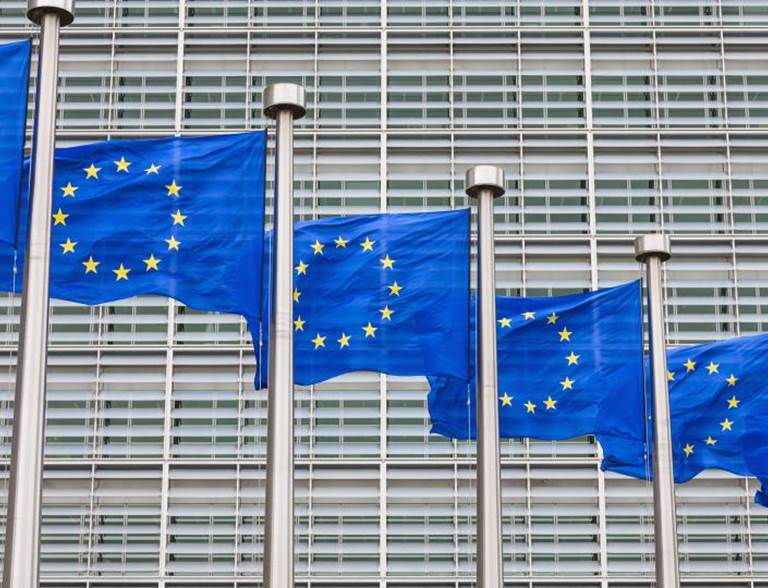
A future with the EU green investment taxonomy
On Thursday the 11th of July, PGGM hosted a conference on the taxonomy released in June by the EU Technical Expert Group on Sustainable Finance (TEG). This taxonomy facilitates sustainable investment by providing a uniform classification system for determining whether an economic activity is environmentally sustainable.
This has various implications, most of them being positive. It is an important first step. However, improvements in its usability are desirable. This blog presents the main takeaways of the conference. The central question: what is the potential and where are the missing pieces?
Enlarging the potential
First and foremost, the taxonomy provides investors with a framework for classifying sustainable economic activity. It aims at transparency to reduce ‘greenwashing’. Other advantages could be the avoidance of reputational damage, reduction of transaction costs and improvement of the dialogue between investors and companies.
Furthermore, the taxonomy lays a firm foundation for the roll-out of other aspects of the sustainable finance agenda. Based on the taxonomy, the EU Commission can execute the recommendations of the High Level Expert Group on Sustainable Finance (HLEG). For example, it provides the basis for labeling schemes. Labeling schemes for financial products would give investors a scaled outlook on economic activities, rather than a black and white view of economic activities deemed more or less sustainable.
This should be useful for investors and companies alike. Investors and asset owners would understand the degree of sustainability of an investment product. Companies would know what performance levels are in line with the European environmental goals for 2030 and 2050. For this reason the taxonomy also includes certain transitional activities, provided they contribute to reaching carbon neutrality by 2050.
Another example of a future possibility the taxonomy brings is the consolidation of climate change standards not just in Europe, but around the world. It is beneficial to have a taxonomy on a European level, but it would be even more effective once it is embraced as a universal, global standard.
For this, international cooperation around the creation of the taxonomy and ongoing talks between the Commission and non-EU regulators and relevant financial market participants on how the Taxonomy framework could be applied outside of the EU is desirable.
Data is key
Naturally, there is also room for improvement. The taxonomy should enable market participants to achieve a unified understanding of what is ‘green’ without high implementation costs and with a low administrative burden.
At this point, the 414-page taxonomy remains highly technical. In its current form, investors would find it challenging to use. There is simply too much data missing with regards to companies’ sustainability.
The reason for this is that companies do not report along the lines of the taxonomy. It not only uses indicators such as amount of CO2 emitted per unit of production, but also refers to indicators for negative impact, like loss of biodiversity or noise pollution. In particular negative impact is challenging for financial market participants to find out.
A few questions remain open: where will this data come from? Will companies be obliged to disclose sustainability information as part of their non-financial disclosure obligations? Or will investors have to find this information themselves by looking at the individual economic activities a company performs, and by analyzing its level of sustainability according to these very technical standards? These questions as well as usability issues will be addressed by the TEG, with the aim of making the taxonomy more accessible and easier to use.
Wessel Mol
Intern Public Affairs
Share or Print Article
click on the icon


